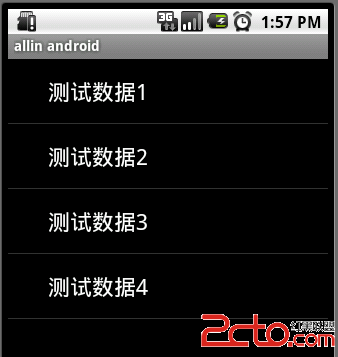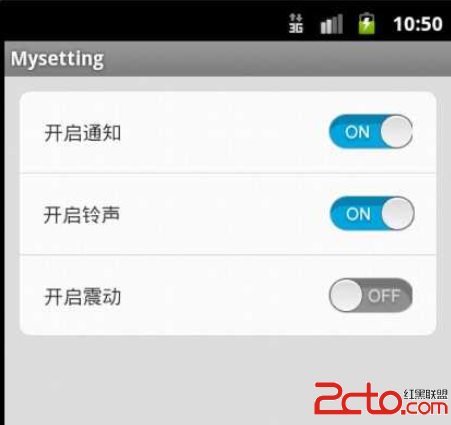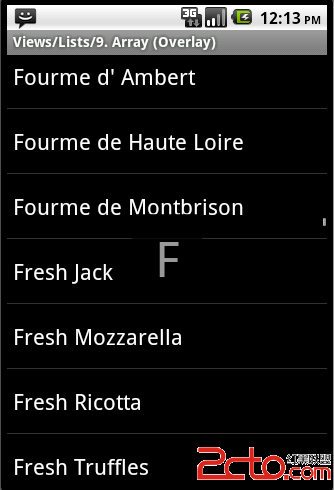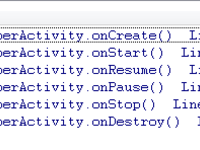Android蓝牙开发浅析
由于近期正在开发一个通过蓝牙进行数据传递的模块,在参考了有关资料,并详细阅读了Android的官方文档后,总结了Android中蓝牙模块的使用。
1. 使用蓝牙的响应权限
[html]
<uses-permission android:name="android.permission.BLUETOOTH" />
<uses-permission android:name="android.permission.BLUETOOTH_ADMIN" />
2. 配置本机蓝牙模块
在这里首先要了解对蓝牙操作一个核心类BluetoothAdapter
[java]
BluetoothAdapter adapter = BluetoothAdapter.getDefaultAdapter();
//直接打开系统的蓝牙设置面板
Intent intent = new Intent(BluetoothAdapter.ACTION_REQUEST_ENABLE);
startActivityForResult(intent, 0x1);
//直接打开蓝牙
adapter.enable();
//关闭蓝牙
adapter.disable();
//打开本机的蓝牙发现功能(默认打开120秒,可以将时间最多延长至300秒)
discoverableIntent.putExtra(BluetoothAdapter.EXTRA_DISCOVERABLE_DURATION, 300);//设置持续时间(最多300秒)Intent discoveryIntent = new Intent(BluetoothAdapter.ACTION_REQUEST_DISCOVERABLE);
3.搜索蓝牙设备
使用BluetoothAdapter的startDiscovery()方法来搜索蓝牙设备
startDiscovery()方法是一个异步方法,调用后会立即返回。该方易做图进行对其他蓝牙设备的搜索,该过程会持续12秒。该方法调用后,搜索过程实际上是在一个System Service中进行的,所以可以调用cancelDiscovery()方法来停止搜索(该方法可以在未执行discovery请求时调用)。
请求Discovery后,系统开始搜索蓝牙设备,在这个过程中,系统会发送以下三个广播:
ACTION_DISCOVERY_START:开始搜索
ACTION_DISCOVERY_FINISHED:搜索结束
ACTION_FOUND:找到设备,这个Intent中包含两个extra fields:EXTRA_DEVICE和EXTRA_CLASS,分别包含BluetooDevice和BluetoothClass。
我们可以自己注册相应的BroadcastReceiver来接收响应的广播,以便实现某些功能
[java]
// 创建一个接收ACTION_FOUND广播的BroadcastReceiver
private final BroadcastReceiver mReceiver = new BroadcastReceiver() {
public void onReceive(Context context, Intent intent) {
String action = intent.getAction();
// 发现设备
if (BluetoothDevice.ACTION_FOUND.equals(action)) {
// 从Intent中获取设备对象
BluetoothDevice device = intent.getParcelableExtra(BluetoothDevice.EXTRA_DEVICE);
// 将设备名称和地址放入array adapter,以便在ListView中显示
mArrayAdapter.add(device.getName() + "\n" + device.getAddress());
}
}
};
// 注册BroadcastReceiver
IntentFilter filter = new IntentFilter(BluetoothDevice.ACTION_FOUND);
registerReceiver(mReceiver, filter); // 不要忘了之后解除绑定
4. 蓝牙Socket通信
如果打算建议两个蓝牙设备之间的连接,则必须实现服务器端与客户端的机制。当两个设备在同一个RFCOMM channel下分别拥有一个连接的BluetoothSocket,这两个设备才可以说是建立了连接。
服务器设备与客户端设备获取BluetoothSocket的途径是不同的。服务器设备是通过accepted一个incoming connection来获取的,而客户端设备则是通过打开一个到服务器的RFCOMM channel来获取的。
服务器端的实现
通过调用BluetoothAdapter的listenUsingRfcommWithServiceRecord(String, UUID)方法来获取BluetoothServerSocket(UUID用于客户端与服务器端之间的配对)
调用BluetoothServerSocket的accept()方法监听连接请求,如果收到请求,则返回一个BluetoothSocket实例(此方法为block方法,应置于新线程中)
如果不想在accept其他的连接,则调用BluetoothServerSocket的close()方法释放资源(调用该方法后,之前获得的BluetoothSocket实例并没有close。但由于RFCOMM一个时刻只允许在一条channel中有一个连接,则一般在accept一个连接后,便close掉BluetoothServerSocket)
[java]
private class AcceptThread extends Thread {
private final BluetoothServerSocket mmServerSocket;
public AcceptThread() {
// Use a temporary object that is later assigned to mmServerSocket,
// because mmServerSocket is final
BluetoothServerSocket tmp = null;
try {
// MY_UUID is the app's UUID string, also used by the client code
tmp = mBluetoothAdapter.listenUsingRfcommWithServiceRecord(NAME, MY_UUID);
} catch (IOException e) { }
mmServerSocket = tmp;
}
public void run() {
BluetoothSocket socket = null;
// Keep listening until exception occurs or a socket is returned
while (true) {
try {
socket = mmServerSocket.accept();
} catch (IOException e) {
break;
}
// If a connection was accepted
if (socket != null) {
// Do work to manage the connection (in a separate thread)
manageConnectedSocket(socket);
mmServerSocket.close();
break;
}
}
}
/** Will cancel the listening socket, and cause the thread to finish */
public void cancel() {
try {
mmServerSocket.close();
} catch (IOException e) { }
}
}
客户端的实现 www.zzzyk.com
通过搜索得到服务器端的BluetoothService
调用BluetoothService的listenUsingRfcommWithServiceRecord(String, UUID)方法获取BluetoothSocket(该UUID应该同于服务器端的UUID)
调用BluetoothSocket的connect()方法(该方法为block方法),如果UUID同服务器端的UUID匹配,并且连接被服务器端accept,则connect()方法返回
注意:在调用connect()方法之前,应当确定当前没有搜索设备,否则连接会变得非常慢并且容易失败
[java]
private class ConnectThread extends Thread {





